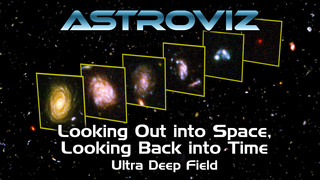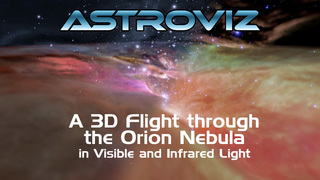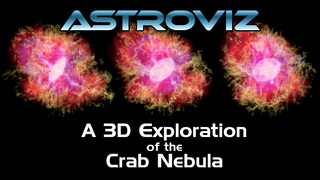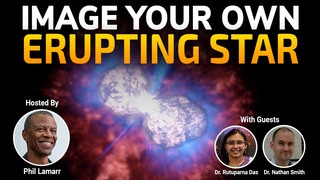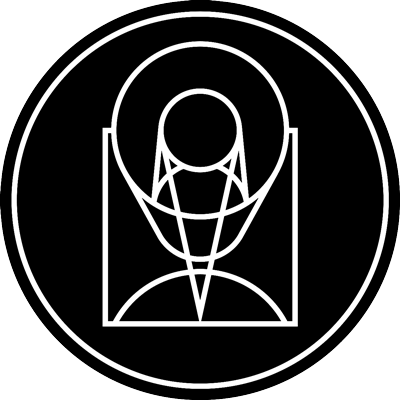Feedback for Eta Carinae: The Great Eruption of a Massive Star
By leaving feedback, you agree to allow NASA's Universe of Learning to publish the content and information you provide in your submission form. We will only use this information to recognize your entry on our series and social media, and we will never publish your email.
Eta Carinae: The Great Eruption of a Massive Star
Primary
•
January 25th, 2022
Eta Carinae, or Eta Car, is famous for a brilliant and unusual outburst, called the "Great Eruption", observed in the 1840s. This visualization presents the story of that event and examines the resulting multiwavelength emissions and three-dimensional structures surrounding Eta Car today.
Massive stars are known to have major outbursts. Eta Car, one of the most massive star systems known, expelled about 10% of its mass in the Great Eruption, creating a small nebula, called the Homunculus Nebula, around it. Images taken in different wavelengths of light reveal different structures, each providing more information about the outbursts of Eta Car.
For this visualization, astronomers and artists have used NASA observations to model both the close-up and wide views of this massive and eruptive star. The Hubble Space Telescope and the Chandra X-ray Observatory have observed the nested layers of gas and dust around Eta Car using visible, ultraviolet, and x-ray light, as well as in the Hydrogen Alpha emission line. The Spitzer Space Telescope provides a larger view of the Carina Nebula, along with Eta Car’s dominant position within this star-forming region.
This visualization is presented by the AstroViz Project of NASA’s Universe of Learning. Viewers gain appreciation for how the observations from two centuries ago connect to the resulting structures seen today. Full 360-degree 3D views help to assemble a complete mental model that aids interpretation of the NASA observations. Eta Car serves as a notable example of the outbursts in the dying stages of massive stars.
Credits: J. Olmsted, D. Player, L. Hustak, A. Pagan, J. DePasquale, G. Bacon, F. Summers (STScI), R. Hurt (Caltech/IPAC), NASA, ESA
Images: A. Fujii, J. Morse (BoldlyGo Inst), N. Smith (U Arizona), Hubble SM4 ERO Team, NASA, ESA, STScI, JPL-Caltech, CXC, ESO, NOAO, AURA, NSF
Music: “Interstellar Wanderer”, Joseph DePasquale, CC BY-NC 4.0

